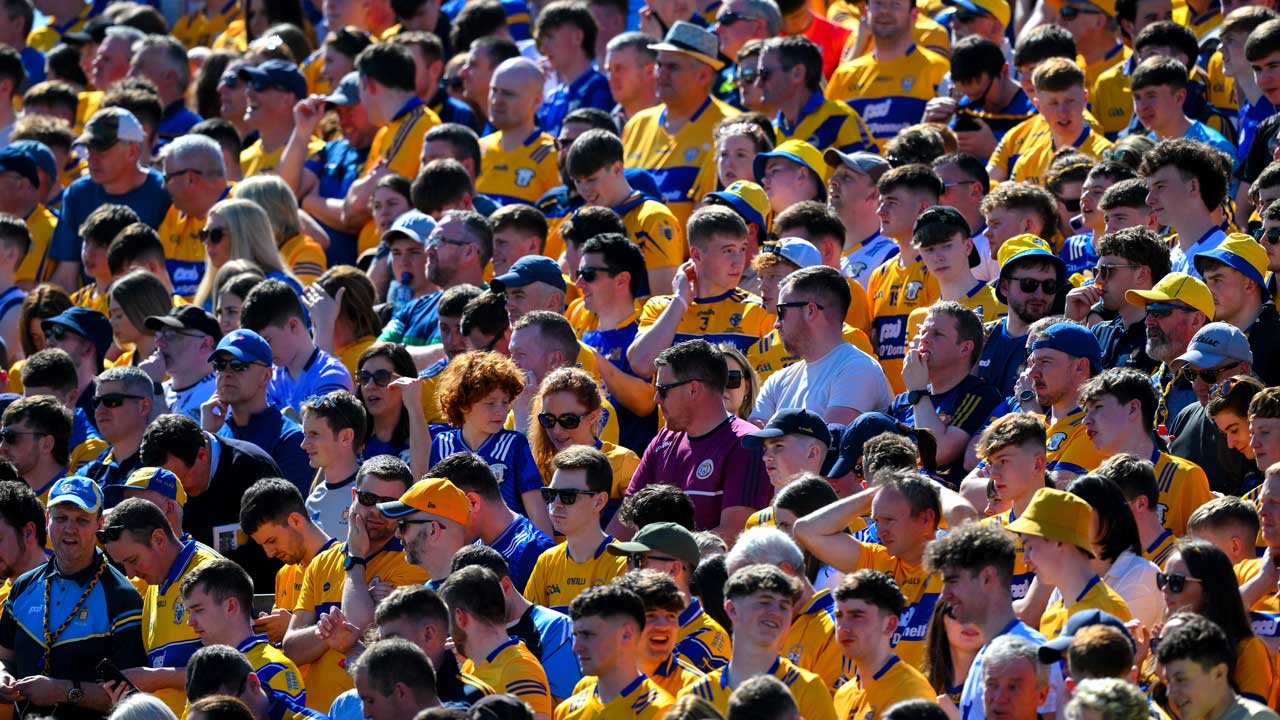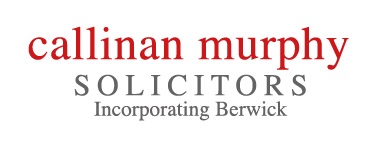The Clare Insignia is probably unique in that it is one of the very few specifically designed as a county G.A.A hallmark. Very few counties have the distinction of their own identifying trademark in the form of a county G.A.A badge. What they do have, and what they adopt or adapt for G.A.A purposes are the coats of arm of their principal Boroughs, Towns, Cities or Counties.
Former Clare “great” and county secretary, the late Mike Hennessy advised that the Clare G.A.A emblem came into being about 1936. He credited the Late Mons. Hamilton- who was then county chairman- with “assembling” the Trade Mark, and bringing it from concept to reality. Its original use was as a form of certification mark on match admission tickets, and to facilitate the introduction of Official Gate Checkers.
The use of local Insignia is not confined to match tickets. Except for the centenary year, the same design has featured in toto on senior football and championship medals down the years. It appeared on such medals for the first time in 1937, when the senior championships were won by Kilrush and O’Callaghans Mills respectively. The design has also been used to an equal or lesser extent on some lower grades of championship medals over the same period. The emblem has likewise appeared on G.A.A Stationary. Again here, Clare may be unique in having its own particular design on its medals, stationary and tickets.
As to the Insignia itself, it is an amalgamation of four separate and distinct elements, though all are inter related. The Coat of Arms and the Crest denote separate branches of the O Briens. This particular family has been central to the canvas of local history, during most of the present millennium, of course they have also featured on the European Historical Tapestry. The antique Irish Crown on the design is often associated with Bannermen, Brian Ború who was proclaimed Ard Rí in 1002. the “Fillers” represent Celtic Inter-locking Knots and Annulets.
Apparently the Motto, “Na céada sa g-cath; na deigheanaca as” is a very old Dal gCais war cry or password. It appears on the title page of “Whites History of Clare and the Dalcassian Clans” with its attributed English version, “the First into battle, the last out of it.” The late an t-Athair O’Dea advised the following extract from An Leabhar Muimhneach in elation to the dul gCais was written prior to 1570; “Tosach ag dul I dtír námhaid, Is deireadh leó ag teacht tar ais” i.e. the first to enter the land of the enemy, the last of those to leave it. Athair also advised that the translation was a “droch aistriú.”
The Office of Arms- Dublin Castle- advises that the Motto as depicted is a poor attempt grammatically to render in Gaelic the O’Gorman (Clare) Family Motto; Primi et Ultimo in Bello” or “First into battle and last to retreat”. However it could well be that the Gaelic version predates any Latin or English versions, and that is a form of antique Irish, with its origins dating back to the dawn of Dalcassian History.
Again we have a stanza from “Clares Dragoons” by Thos. Davis (1814-1845);
There’s not a man in squadron here
Was ever known to flinch or fear!
Though first in charge and last in rere,
Have ever been Lord Clare’ s Dragoons;
Banner wearers of the badge, whether players or supporters, should be aware and very proud of its historical significance, representing in a graphic design much of our past, and much of what we are today. There is no doubt whatsoever but Mons. Hamilton was very much so aware when amalgamating the various elements into one unit. In fact, the Coat of Arms may have a deeper significance.
For instance the circumstances of Bishop Terence O’Briens execution in 1651 following the Cromwellian Siege of Limerick may have influenced the late Mons. In choosing this coat of arms for his G.A.A crest. Nearly 350 years later we still have a direct link with the murdered Catholic Patriot, who’s pectoral cross continues to reside in his adopted city for which he gave his life.
Again the unbending Religious and Political persuasions of another O’Brien Family very likely appealed to Canon Hamilton’s sense of Clare History and the Dal gCais links. These were Viscounts O’Brien of Clare – of which there were 7- who became better known as Lord Clares. The title was first conferred on Daniel O’Brien in 1662 by King Charles 11. The family seat was at Carrigaholt Castle in west Clare until they were forced into exile in 1691.
First and foremost these particular O’Brien’s remained stubbornly Catholic throughout all the vicissitudes of these trying times, including the Cromwellian and Williamite Wars. The custom at the time especially for land barons, was to be on the same religious and political side as the English Monarch. The Lord Clares were loyalist and Royalist – but of the Catholic hue.
Such adherence to their “Old Time Catholic” was to cost them dearly. Following the Williamite victories of 1690 and 1691 these O’Briens lost their vast 57’000 acre estates and lived in exile thereafter- many in the military service of the Catholic French Kings, where their religion was not a bar to high office.
The sixth Lord Clare (1699-1761) was heir in law to Henry, Protestant 8th Earl of Thomand. As Henry had no heir himself he was naturally concerned that the power, prestige, titles and estates attaching to the Thomond Earldom might die with him. Henry wished his kinsman Lord Clare to succeed him in title. It appears that King George1 (K 1714- 1727) would have sanctioned this succession on condition that Lord Clare would change his religion and politics. The 6th Viscount refused this tempting offer. Henry died in 1741 and his titles with him.
These Viscounts Clare formed and commanded the famous Clare Infantry Regiments and Clares Dragoons who fought in most of the major European Theatres of War, against the English over 100 years, 1691-1791. The officers and men of Clare’s Dragoons were almost entirely Claremen.
The 3rd Viscount formed the Infantry Regiment of O’Brien- later known as the Regiment of Clare- in 1689 to fight on the Catholic side in Ireland against William of Orange. The 4th Viscount died at the battle of Marsaglia in 1693.
The 5th was a commander at the siege of Limerick in 1691. He led his regiment, Lord Clare’s Dragoons, to glory on the battlefield of Ramillies in 1706, which cost them his life later. It was at this battle the two enemy banners were captured which it is claimed led to Clare being given its nickname “The Banner County”.
The 6th, who refused to be compromised, was Colonel of Clare’s Dragoons at the battle of Fontenoy in 1745 when another British Banner was captured. The 7th Viscount died as a young man in 1774 and so ended the male line of the Viscounts Clare and of course the title.
It is easy to see why the late Mons. Might have chosen the extinct coat of arms of this illustrious Clare family for his G.A.A badge, especially as this family may have indirectly given Clare its nom de plume “The Banner County.” In its own way the insignia is also the hallmark of the late Mons. Who was a powerful G.A.A institution on a very broad canvas. To him is largely attributed the G.A.A decision to play the All-Ireland final of 1947 in New York.
Various branches of the O’Briens had their own specific shields/coats of arms/ crests and mottoes or combinations of same. In heraldic terms most differed from each other, albeit in minor details. 11 such feature in Burkes General Armory- the bible of such matters.
Which one did Canon choose? Did he simply pick one willy-nilly? The lions as depicted, i.e. all white, on medals, old stationary, and match admission tickets that is attributed to Sir Turloch O’Brien Ara, whose family seat was at the Tipperary side of Lough Derg. Was his particular Coat of Arms/Crest the chosen one? Unlikely. While he died a catholic in 1626 and is buried in Holy Island in Lough Derg, his father was the Protestant Bishop of Killaloe.
The introduction of a family Coat of Arms/crest as a feature of the Clare G.A.A badge would ideally have required some knowledge of Heraldic protocol and individual significance. It’s likely the Canon was so aware. But then there others involved in bringing the design from concept to reality- such as layout artist, blockmaker, printer, the mould maker for medals etc.
The Canon was most unlikely to design a Clare G.A.A emblem which could be directly attributed to any member of the O’Brien clan who might be perceived as being discredited in Irish eyes or of having sold his birth right. There were after all enough others of the most noble and patriotic O’Briens whose lives and death were given for Thomond and Ireland, whom the Canon would gladly have featured for posterity on his G.A.A. So when admiring and wearing with pride our Banner emblem let us remember too the many honourable O’Briens of our Shared Kith and kin, the indomitable Dal – gCais.
The badge’s relevance was largely hidden under a bushel for five decades. Excepting the few perceptive souls who might have wondered about it on adult championship medals, match admission tickets, or some board stationary, nobody else would have been aware of its existence, and know less of its significance. For a period it had even disappeared from Clare G.A.A letter heading and did not feature on Board publications like match programmes or annual reports.
The last 10 years has seen a gradual transformation as the emblem has come into its own. It appeared in a large graphic format for the first time at a hurling board convention in the early 1980’s. It featured on the Clare jerseys for the first time in 1986. For the past few years in particular it has come to adorn a host of jerseys, sweaters, caps, hats, banners, match programmes, calendars, posters, T.V programmes etc.
The badge’s renaissance over the past decade has coincided somewhat with the banners emergence as a dual power on the playing fields. Perhaps the late Mons. Is lending a helping hand as a quid pro quo for the universal adoption of his unique creation. The badge represents the Mons. As accurately as anything he ever said, did or wrote.
It is a county G.A.A emblem, designed by a former Chairman for official G.A.A usage and resurrected from oblivion in recent years for the same purpose. The question arises should it be allowed to be demeaned by being reproduced by anybody and everybody who’s sees fit to do so – without as much as “by your leave”. Should its usage be confined, controlled, licensed, or franchised, as is the case with any reproduction of the new national G.A.A emblem.
It is a unique and special badge. It should be treated as such. Perhaps its wearing should be confined to those, gifted and lucky enough, chosen to don the Saffron and Blue on behalf of the Banner County – thereby conveying on them an extra badge of honour.
Written by John Ryan, Cratloe GAA Club, County Clare.
Published in the “Clare GAA Year Book – Number 23” in 1997
Refs: O’Brien Thomond.
Article “How Clare got its nickname The Banner County” by Sean Spellicy in 1995 Clare G.A.A Year Book.
Burkes General Armory.





























